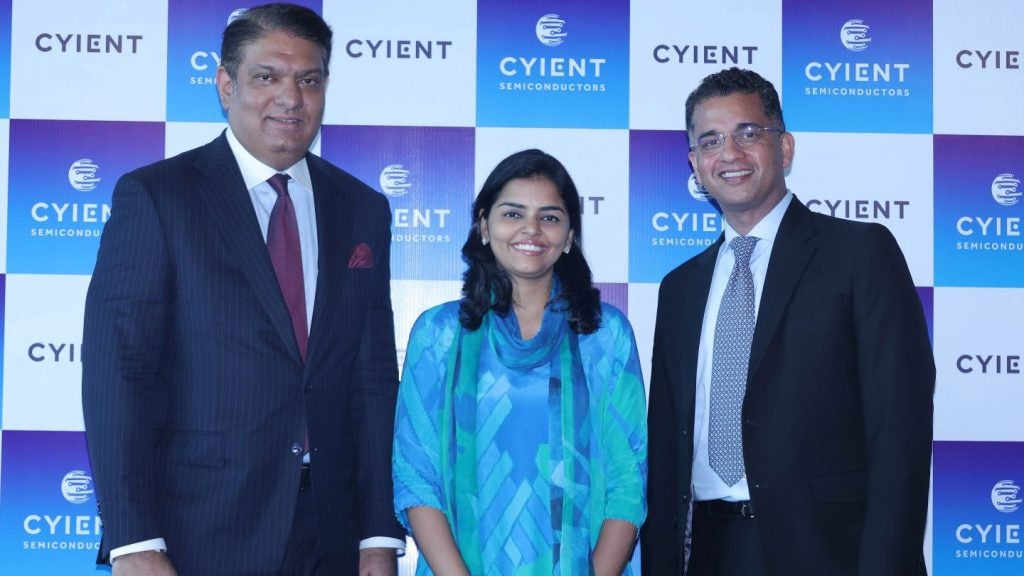Rapid7 has filed a patent for a system and method to locate documents on a computer network based on document properties. The method involves generating a search term using basic markers and an encoding function, obtaining search results from search engines, discovering documents with the desired property, and performing rule-based actions on them. GlobalData’s report on Rapid7 gives a 360-degree view of the company including its patenting strategy. Buy the report here.
According to GlobalData’s company profile on Rapid7, network traffic analysis was a key innovation area identified from patents. Rapid7's grant share as of September 2023 was 82%. Grant share is based on the ratio of number of grants to total number of patents.
Obtaining document location on a computer network based on properties


A recently filed patent (Publication Number: US20230315846A1) describes a method and system for detecting leaked documents. The method involves using a processor to obtain search results from a search engine based on search terms generated using markers and encoding functions associated with document properties. The method then identifies documents with specific properties and their respective locations on a computer network. It further identifies actions to apply to a network entity based on the identified document's location, content, and/or property, and applies these actions to the network entity.
The patent also mentions that the encoding function may include obfuscation elements, while the markers can be character strings or image data elements. The document properties that can be used for identification include the subject, title, owner, pertinence, and level of secrecy associated with the document.
To identify the documents, the method retrieves documents based on their identified locations and applies decoding functions to these retrieved documents. The decoding function helps identify documents that have the desired document properties.
Furthermore, the method involves classifying the identified documents using a machine-learning (ML) based classifier model. This classification is based on the document's location, content, and/or property on the computer network. Based on this classification, the method selects the appropriate action to apply to the network entity. The ML-based classifier model mentioned in the patent can include a natural language processing (NLP) model.
The patent also describes a system for detecting leaked documents, which includes a non-transitory memory storing executable code and at least one processor. The system performs the same method as described above, involving obtaining search results, identifying documents, identifying actions, and applying these actions to the network entity.
In summary, the patent presents a method and system for detecting leaked documents by utilizing search engines, markers, encoding functions, decoding functions, and machine-learning based classification models. The method aims to identify documents with specific properties and take appropriate actions based on their content and location on a computer network.
To know more about GlobalData’s detailed insights on Rapid7, buy the report here.
Data Insights
From

The gold standard of business intelligence.
Blending expert knowledge with cutting-edge technology, GlobalData’s unrivalled proprietary data will enable you to decode what’s happening in your market. You can make better informed decisions and gain a future-proof advantage over your competitors.







